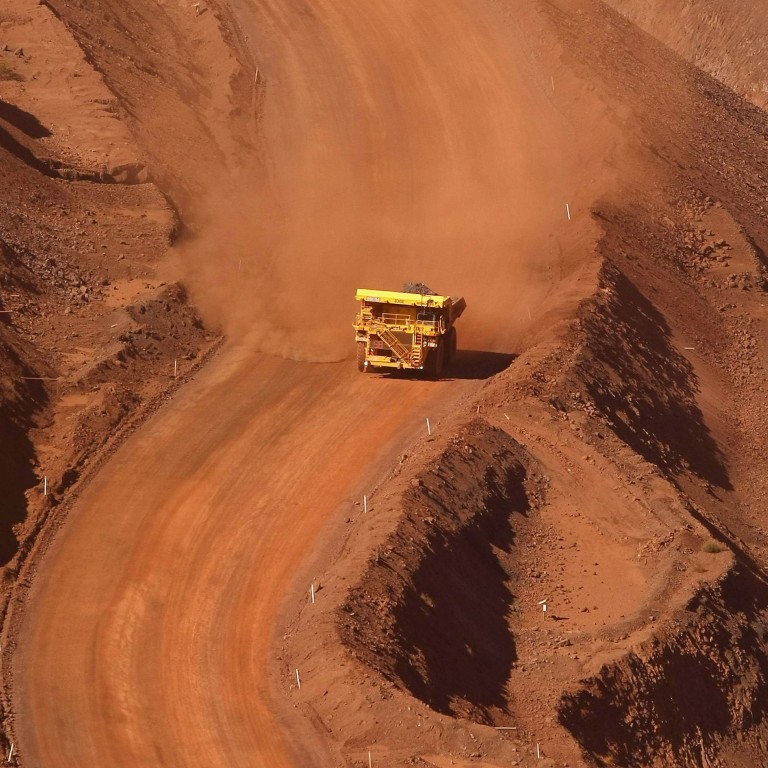
Australia gets used to sluggish growth, RBA on sidelines for now
Australia is likely to report subdued economic growth for the second quarter on Wednesday as consumers and businesses stayed on a spending strike - unwelcome news for a Labor government struggling badly in the polls and an election just days away.
The proximity of the vote is one reason the Reserve Bank of Australia (RBA) is considered highly unlikely to cut rates at its policy meeting later on Tuesday, having eased to a record low of 2.5 per cent just this month.
Yet with a long bonanza in mining investment at a peak and scant sign that other sectors are stepping up, analysts fear the country faces a protracted period of pedestrian growth.
“The transition period under way in Australia continues to resemble one more toward slower growth than toward non-mining business investment,” says Michael Turner, a strategist at RBC Capital Markets.
The faltering in investment is so critical because it accounted for four-fifths of total economic growth over the past two years, he added.
That, in turn, is why analysts still suspect the RBA will have further work to do on stimulus and many expect a cut to 2.25 per cent by Christmas.
Wednesday’s report from the Australian Bureau of Statistics (ABS) is expected to show gross domestic product (GDP) rose around 0.6 per cent in the second quarter, the same as in the previous two quarters.
Analysts also fear risks are for an even lower number, which would be a headache for Prime Minster Kevin Rudd as he trails the conservative opposition before a national vote on Sept. 7.
On the positive side, the economy is still expected to have expanded by 2.5 per cent when compared with the second quarter of last year, setting the seal on 22 years without recession.
That would compare with growth of 1.6 per cent in the United States, 1.4 per cent for Canada and 0.7 per cent in Germany. Despite all the talk of recovery in the European Union, its economy shrank by 0.7 per cent in the year to June.
Yet the slowdown has been hard to swallow for a country that had come to think of itself as charmed, courtesy of boundless Chinese demand for its embarrassment of resources.
Yet success brought a higher currency that slugged sectors such as manufacturing and retail. At the same time consumers have turned sober, saving a lot more and borrowing a lot less.
“Indications are that domestic demand growth was anaemic for a fourth consecutive quarter,” said Andrew Hanlan, a senior economist at Westpac.
“Consumers’ reluctance to spend extended in the June quarter as many remained focused on paying down debt.”
The annual rate of growth in household consumption has more than halved in the past few years, a big drag given it accounts for 55 per cent of the country’s A$1.5 trillion ($1.3 trillion) GDP.
The government has had to turn frugal as diminishing tax revenues ploughed a big hole in the budget. Public spending is expected to be no better than flat in the second quarter, which would leave it sharply lower for the year.
While some sectors are responding to record low interest rates, progress has been slow. Home building in particular has disappointed, though rising house prices should encourage construction over time.
On the bright side, all the billions spent on expanding mining output are fuelling a rapid increase in export volumes, especially for Australia’s biggest earner - iron ore.
A lower Australian dollar will greatly amplify the effect as many resource exports are priced in US dollars.
“Higher A$ prices are a positive for the terms of trade, the trade balance, incomes and tax collection,” notes Michael Blythe, chief economist at Commonwealth Bank of Australia.
“Overall, the view by week’s end should be of an economy stuck in third gear but with some potential to step up.”

